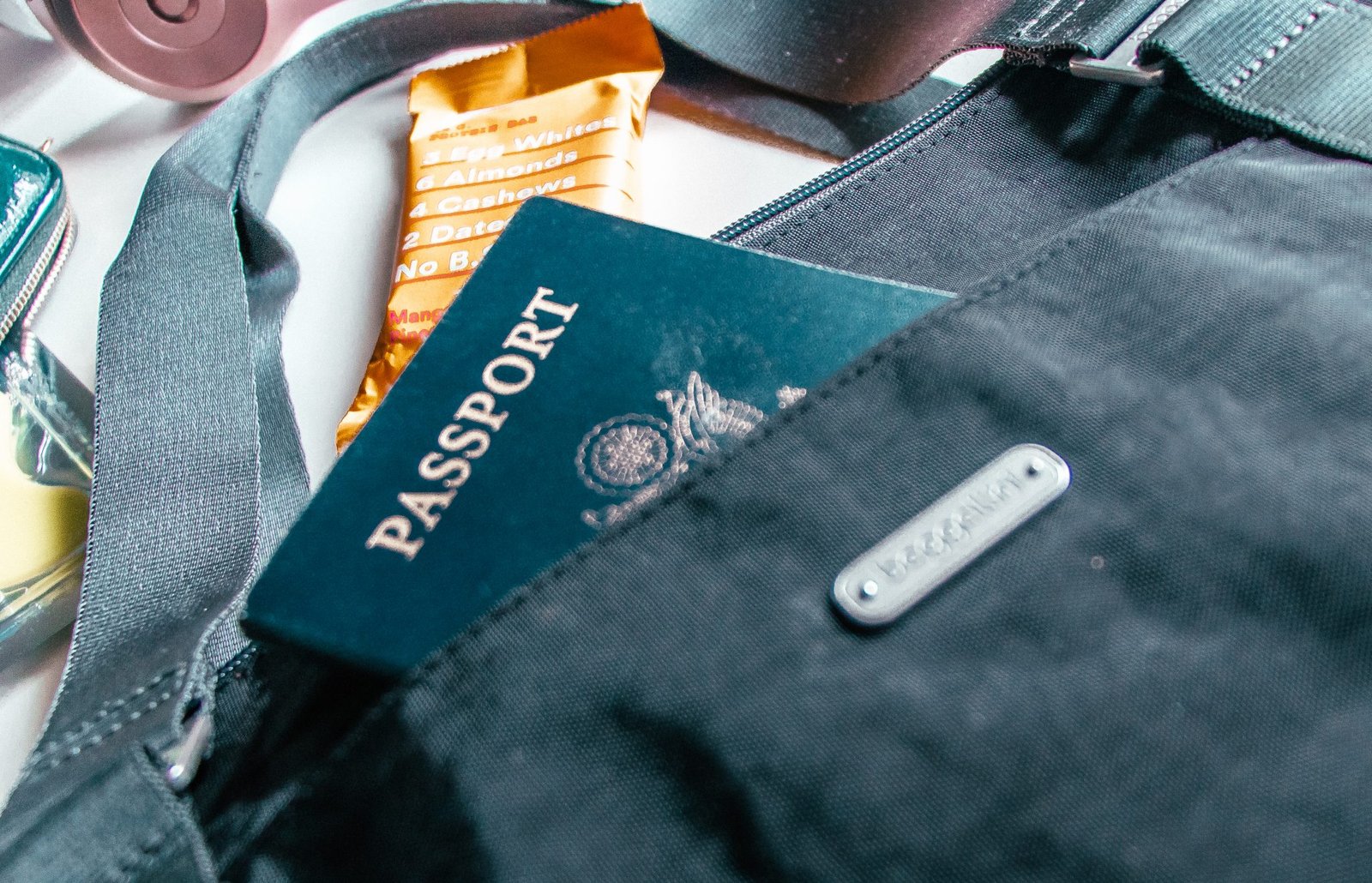Airports can feel overwhelming for first-time travelers, but with a bit of preparation, the experience can be smooth and even enjoyable. This guide will walk you through the essential steps to navigate airports with ease.
1. Before You Arrive: Preparation Is Key
Start your journey right by being well-prepared before you even set foot in the airport.
- Check Flight Details: Confirm your flight time, terminal, and gate information. Most airlines provide updates via their apps or email.
- Pack Smart: Follow airline guidelines for luggage size and weight. Ensure carry-on items meet security standards, like the 3-1-1 rule for liquids.
- Documents Ready: Keep your passport, boarding pass, and any required visas handy. Digital boarding passes can be stored on your phone.
2. Arriving at the Airport
Plan to arrive 2-3 hours before departure for international flights and at least 90 minutes for domestic ones.
- Find Your Terminal: Check signage or ask airport staff to ensure you’re in the right place.
- Parking and Transportation: If driving, use airport maps to locate parking lots. Alternatively, arrange for a ride or use public transportation.
3. Check-In Process
Most airlines offer online check-in 24 hours before departure, saving you time. At the airport:
- Self-Service Kiosks: Use kiosks to print your boarding pass and luggage tags.
- Counter Check-In: If needed, head to your airline’s counter for assistance.
- Drop-Off Luggage: Attach tags to your bags and place them on the conveyor belt at the baggage drop area.
4. Passing Through Security
Security checkpoints are often the most daunting part, but staying calm and prepared helps.
- Have Documents Ready: Show your ID and boarding pass to security officers.
- Follow Rules: Remove electronics, liquids, and shoes as required. Place them in the bins provided.
- Stay Organized: Repack quickly after screening to avoid delays for others.
5. Navigating the Terminal
Once through security, head to your gate.
- Check Monitors: Keep an eye on flight information screens for updates.
- Grab Essentials: Use this time to visit restrooms, grab snacks, or shop for travel necessities.
- Stay Connected: Many airports offer free Wi-Fi. Use apps to track your flight status.
6. Boarding Your Flight
Boarding usually begins 30-45 minutes before departure.
- Listen for Announcements: Airlines often board passengers by zones or groups.
- Have Documents Ready: Show your boarding pass and ID again if required.
- Settle Quickly: Find your seat, store carry-on items, and prepare for takeoff.

7. Tips for Connecting Flights
If your journey involves a layover, plan ahead.
- Check Gate Changes: Your connecting flight may be in a different terminal. Use airport maps or ask staff for directions.
- Manage Time: Allow at least an hour between flights, more if passing through customs.
8. Exiting the Airport
After landing, follow signs to baggage claim and ground transportation.
- Customs and Immigration: For international flights, complete necessary declarations and show travel documents.
- Collect Luggage: Use baggage claim screens to locate your carousel.
- Plan Transportation: Arrange for a ride or follow signs to taxis, shuttles, or public transit.
Pro Tips for Stress-Free Travel
- Wear Comfortable Clothing: Easy-to-remove shoes and layers make security and travel more comfortable.
- Stay Hydrated: Bring an empty bottle to fill after security.
- Ask for Help: Airport staff are there to assist, so don’t hesitate to ask questions.
Conclusion
Navigating airports doesn’t have to be intimidating. By preparing ahead, staying organized, and using available resources, you can move through each step with confidence. Bon voyage!









